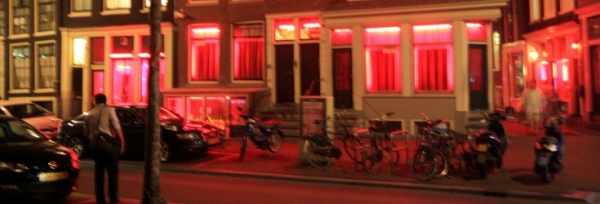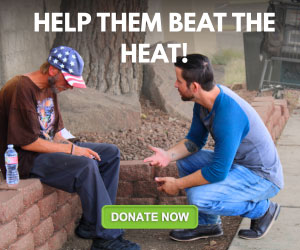Sex trafficking is depicted in movies and television—but most of us can’t fathom the depravity of the traffickers or the cruelty the victims are forced to endure. Worldwide, sex trafficking is a $150 billion dollar business annually with an estimated 27 million victims.
Sex trafficking is forced prostitution, and often called modern day slavery.
Top three myths that people often believe about sex trafficking
1. Women Choose to be Sex Trafficked
False. Often, men, women and children of all ages and ethnicities are sex trafficked through coercing, threatening and blackmailing. The average age a teen enters the sex trade is 14 in Arizona, and 13, nationally. Law enforcement officers in Phoenix have seen girls as young as 9 years old sold for sex.
It is estimated that 100,000 American children are victims each year, although most victims are never identified.
Traffickers, also referred to as pimps, use threats, lies, violence, addictions and other forms of duress to control their victims and force them to have sex against their will. Traffickers may promise money, clothes, a place to live, a job or even love to get their victims under their control. Often, the victims believe they are in a legitimate relationship until they are abused and forced into prostitution.
2. Prostitution Happens in Seedy Places
The streets, brothels and massage parlors aren’t the only places involved in the sex trade.
Traffickers use websites to sell sex. They also take victims to hotels or truck stops where they are sold multiple times per night. According to a 2014 study by Arizona State University, 78,000 men in Phoenix are online sex ad customers.
Sex trafficking takes place everywhere and could be happening in your neighborhood.
3. Sex Trafficked Victims are Druggies or Runaways
Traffickers look for victims on the streets, bus stops, malls and on social media. They seek out people when they are most vulnerable, lonely, in need and desperate. This includes your average teenager at the mall or an adult at a bar.
Some pimps will fake having a relationship with a woman or teenager, and then prostitute them and blackmail them with sex photos.
Victims are sometimes runaways. In 2013, 1 in 7 runaways were thought to be sex trafficking victims.
Hope for Survivors of Sex Trafficking
The numbers are daunting, but there is hope. Law enforcement officers, therapist and organizations like Catholic Charities are developing programs and strategies to rescue victims of human trafficking and provide them with the counseling, life skills and other resources needed for their new life as a survivor. For survivors completing Catholic Charities program, 86 percent never return to prostitution.
If you know of someone who is being sex trafficked and needs help, please contact us.
You can help surrvivors of sex trafficking like Kimberly and Melissa find healing and a fresh start by becoming a one-time or monthly giver.





